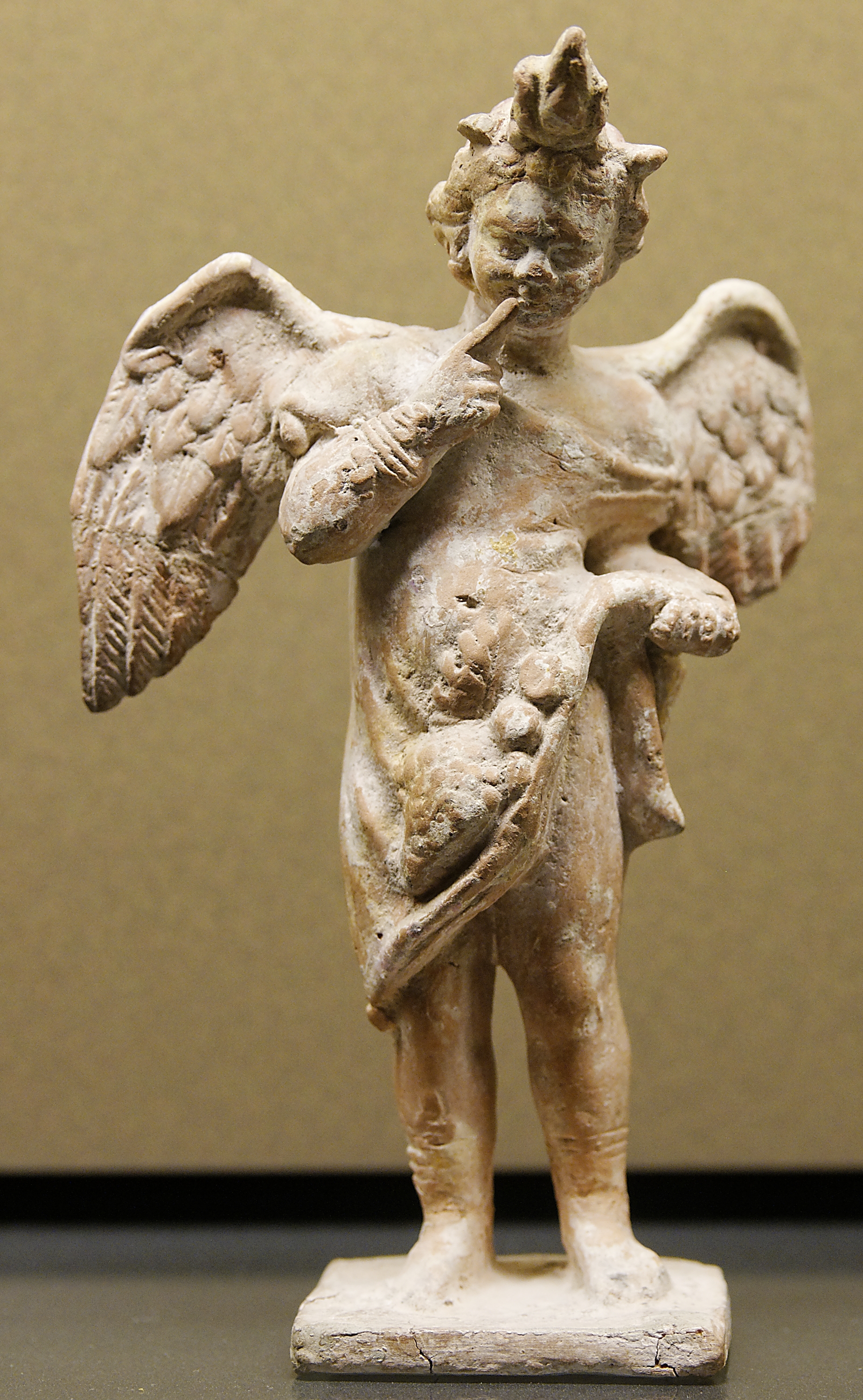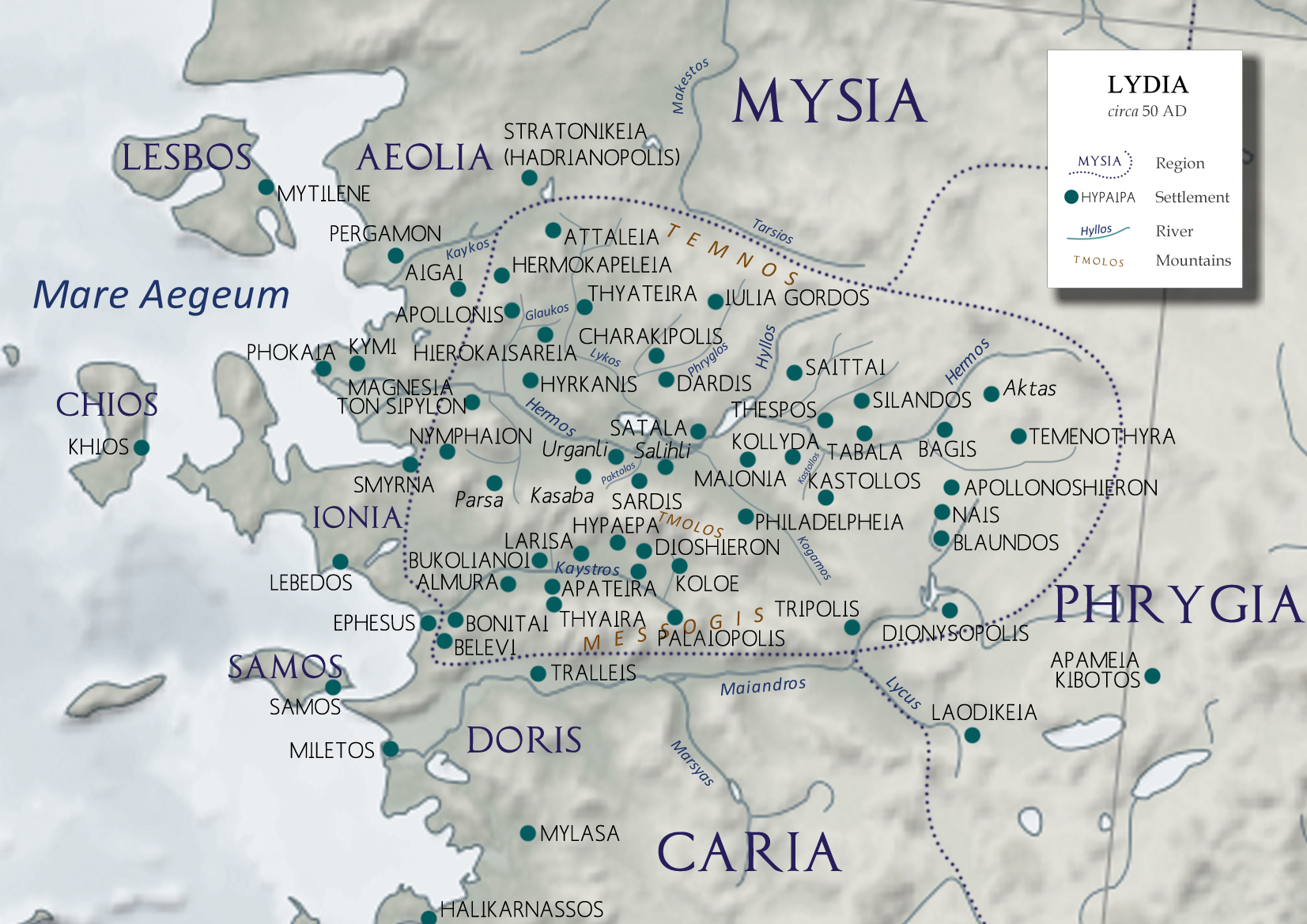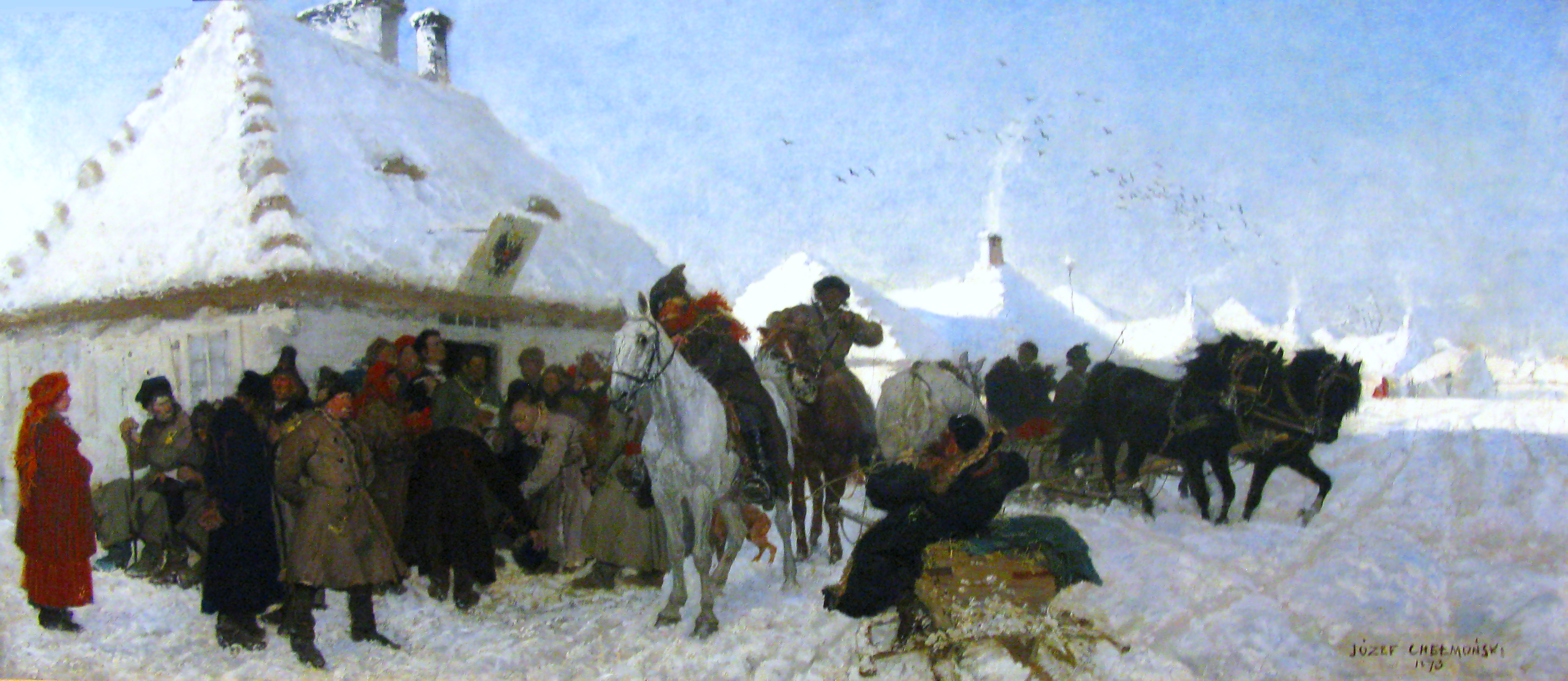|
Agathias
Agathias or Agathias Scholasticus ( grc-gre, Ἀγαθίας σχολαστικός; Martindale, Jones & Morris (1992), pp. 23–25582/594), of Myrina (Mysia), an Aeolian city in western Asia Minor (Turkey), was a Greek poet and the principal historian of part of the reign of the Roman emperor Justinian I between 552 and 558. Biography Agathias was a native of Myrina (Mysia). His father was Memnonius. His mother was presumably Pericleia. A brother of Agathias is mentioned in primary sources, but his name has not survived. Their probable sister Eugenia is known by name. The ''Suda'' clarifies that Agathias was active in the reign of the Roman emperor Justinian I, mentioning him as a contemporary of Paul the Silentiary, Macedonius of Thessalonica and Tribonian. Agathias mentions being present in Alexandria as a law student at the time when an earthquake destroyed Berytus (Beirut). The law school of Berytus had been recognized as one of the three official law schools of the empi ... [...More Info...] [...Related Items...] OR: [Wikipedia] [Google] [Baidu] |
Paul The Silentiary
Paul the Silentiary, also known as Paulus Silentiarius ( el, , died AD 575–580), was a Greek Byzantine poet and courtier to the emperor Justinian at Constantinople. Life What little we know of Paul's life comes largely from the contemporary historian and poet Agathias, a friend and admirer, who describes him as coming from a rich and illustrious family, with a father, Cyrus, and a grandfather, Florus, who both probably held public office. Paul also entered public life and became a ''silentiary'' – one of a group of 30 court officials of privileged backgrounds organised under three officers (''decurions'') whose first duty was maintaining order and silence in the Great Palace of Constantinople. They also fulfilled important commissions, especially in church matters, and by the sixth century their order had attained the social rank of ''illustris'', the highest in the late empire. Paul himself may have risen to become their chief (''primicerius''). He died some time between 5 ... [...More Info...] [...Related Items...] OR: [Wikipedia] [Google] [Baidu] |
Myrina (Mysia)
Myrina ( grc, Μυρίνα) was one of the Aeolian cities on the western coast of Mysia, about 40 stadia to the southwest of Gryneion. The former bishopric is now a Latin Catholic titular see. Its site is believed to be occupied by the modern Sandarlik at the mouth of the Koca Çay, near the town of Aliağa in Izmir Province, in the Aegean Region of Turkey, near Kalavas(ar)i. History It is said to have been founded by one Myrinus before the other Aeolian cities, or by the Amazon Myrina. Artaxerxes gave Gryneium and Myrina to Gongylus, an Eretrian, who had been banished from his native city for favoring the interests of Persia. Myrina was a very strong place, though not very large, and had a good harbor. Pliny the Elder mentions the fame of its oysters and that it bore the surname of Sebastopolis; while, according to Syncellus, it was also called Smyrna. An inscription (''Bulletin de correspondance hellenique'', V, 283) tells us that Myrina formed part of the Kingdom of ... [...More Info...] [...Related Items...] OR: [Wikipedia] [Google] [Baidu] |
Justinian I
Justinian I (; la, Iustinianus, ; grc-gre, Ἰουστινιανός ; 48214 November 565), also known as Justinian the Great, was the Byzantine emperor from 527 to 565. His reign is marked by the ambitious but only partly realized ''renovatio imperii'', or "restoration of the Empire". This ambition was expressed by the partial recovery of the territories of the defunct Western Roman Empire. His general, Belisarius, swiftly conquered the Vandal Kingdom in North Africa. Subsequently, Belisarius, Narses, and other generals conquered the Ostrogothic kingdom, restoring Dalmatia, Sicily, Italian peninsula, Italy, and Rome to the empire after more than half a century of rule by the Ostrogoths. The Liberius (praetorian prefect), praetorian prefect Liberius reclaimed the south of the Iberian peninsula, establishing the province of Spania. These campaigns re-established Roman control over the western Mediterranean, increasing the Empire's annual revenue by over a million Solidus (coin) ... [...More Info...] [...Related Items...] OR: [Wikipedia] [Google] [Baidu] |
Macedonius Of Thessalonica
Macedonius of Thessalonica or Macedonius Consul ( el, Μακηδόνιος or Μακεδόνιος Ύπατος, ο Θεσσαλονικεύς, c.500-560 AD) a Byzantine ''hypatos'' during the reign of Justinian, is the author of 42 epigrams in the Greek Anthology, the best of which are some delicate and fanciful amatory pieces. His poems were published in 567 AD by Agathias Agathias or Agathias Scholasticus ( grc-gre, Ἀγαθίας σχολαστικός; Martindale, Jones & Morris (1992), pp. 23–25582/594), of Myrina (Mysia), an Aeolian city in western Asia Minor (Turkey), was a Greek poet and the principal histo ... in his collection of contemporary epigrams, the "Kyklos". ReferencesAncient Library External links *Select Epigrams from the Greek Anthology[...More Info...] [...Related Items...] OR: [Wikipedia] [Google] [Baidu] |
Hexameter
Hexameter is a metrical line of verses consisting of six feet (a "foot" here is the pulse, or major accent, of words in an English line of poetry; in Greek and Latin a "foot" is not an accent, but describes various combinations of syllables). It was the standard epic metre in classical Greek and Latin literature, such as in the ''Iliad'', ''Odyssey'' and ''Aeneid''. Its use in other genres of composition include Horace's satires, Ovid's ''Metamorphoses,'' and the Hymns of Orpheus. According to Greek mythology, hexameter was invented by Phemonoe, daughter of Apollo and the first Pythia of Delphi.Pliny the Elder, 7.57 __TOC__ Classical Hexameter In classical hexameter, the six feet follow these rules: * A foot can be made up of two long syllables (– –), a spondee; or a long and two short syllables, a dactyl (– υ υ). * The first four feet can contain either one of them. * The fifth is almost always a dactyl, and last must be a spondee. A short syllable (υ) is a syll ... [...More Info...] [...Related Items...] OR: [Wikipedia] [Google] [Baidu] |
Lais Of Corinth
Lais of Corinth ( grc, Λαΐς and Λαΐδα) ( fl. 425 BC) was a famous hetaira or courtesan of ancient Greece, who was probably born in Corinth. She shared a name with the younger hetaira Lais of Hyccara; as ancient authors (in their usually indirect accounts) often confused them or did not indicate which one they referred to, the two women became inextricably linked. Lais lived during the Peloponnesian War and was said to be the most beautiful woman of her time. Among her clients were the philosopher Aristippus (two of his alleged writings were about Lais) and the Olympic Olympic or Olympics may refer to Sports Competitions * Olympic Games, international multi-sport event held since 1896 ** Summer Olympic Games ** Winter Olympic Games * Ancient Olympic Games, ancient multi-sport event held in Olympia, Greece b ... champion Eubotas of Cyrene. Aelian relates a tradition that either she or the other Lais held the nickname "Axine" (" axehead"), for the sharpness of her ... [...More Info...] [...Related Items...] OR: [Wikipedia] [Google] [Baidu] |
Partridge
A partridge is a medium-sized galliform bird in any of several genera, with a wide native distribution throughout parts of Europe, Asia and Africa. Several species have been introduced to the Americas. They are sometimes grouped in the Perdicinae subfamily of the Phasianidae (pheasants, quail, etc.). However, molecular research suggests that partridges are not a distinct taxon within the family Phasianidae, but that some species are closer to the pheasants, while others are closer to the junglefowl. Description Partridges are medium-sized game birds, generally intermediate in size between the larger pheasants, smaller quail; they're ground-dwelling birds that feature variable plumage colouration across species, with most tending to grey and brown. Range and habitat Partridges are native to Europe, Asia, Africa, and the Middle East. Some species are found nesting on steppes or agricultural land, while other species prefer more forested areas. They nest on the ground and hav ... [...More Info...] [...Related Items...] OR: [Wikipedia] [Google] [Baidu] |
Latrine
A latrine is a toilet or an even simpler facility that is used as a toilet within a sanitation system. For example, it can be a communal trench in the earth in a camp to be used as emergency sanitation, a hole in the ground ( pit latrine), or more advanced designs, including pour-flush systems. The term "latrine" is still commonly used military parlance, less so in civilian usage except in emergency sanitation situations. Nowadays, the word "toilet" is more commonly used than "latrine", except for simple systems like "pit latrine" or "trench latrine". The use of latrines was a major advancement in sanitation over more basic practices such as open defecation, and helped control the spread of many waterborne diseases. However, unsafe defecation in unimproved latrines still remained a widespread problem by the end of 2020, with more than 3 billion people affected (46 % of the global population). Eradication of this public health threat is one of the United Nations' 17 goals for ... [...More Info...] [...Related Items...] OR: [Wikipedia] [Google] [Baidu] |
Smyrna
Smyrna ( ; grc, Σμύρνη, Smýrnē, or , ) was a Greek city located at a strategic point on the Aegean coast of Anatolia. Due to its advantageous port conditions, its ease of defence, and its good inland connections, Smyrna rose to prominence. The name of the city since about 1930 is İzmir. Two sites of the ancient city are today within Izmir's boundaries. The first site, probably founded by indigenous peoples, rose to prominence during the Archaic Period as one of the principal ancient Greek settlements in western Anatolia. The second, whose foundation is associated with Alexander the Great, reached metropolitan proportions during the period of the Roman Empire. Most of the present-day remains of the ancient city date from the Roman era, the majority from after a second-century AD earthquake. In practical terms, a distinction is often made between these. ''Old Smyrna'' was the initial settlement founded around the 11th century BC, first as an Aeolian settlement, and la ... [...More Info...] [...Related Items...] OR: [Wikipedia] [Google] [Baidu] |
Advocatus
During the Middle Ages, an (sometimes given as modern English: advocate; German: ; French: ) was an office-holder who was legally delegated to perform some of the secular responsibilities of a major feudal lord, or for an institution such as an abbey. Many such positions developed, especially in the Holy Roman Empire. Typically, these evolved to include responsibility for aspects of the daily management of agricultural lands, villages and cities. In some regions, advocates were governors of large provinces, sometimes distinguished by terms such as (in German). While the term was eventually used to refer to many types of governorship and advocacy, one of the earliest and most important types of was the church advocate (). These were originally lay lords, who not only helped defend religious institutions in the secular world, but were also responsible for exercising lordly responsibilities within the church's lands, such as the handling of legal cases which might require th ... [...More Info...] [...Related Items...] OR: [Wikipedia] [Google] [Baidu] |
Roman Magistrates
The Roman magistrates were elected officials in Ancient Rome. During the period of the Roman Kingdom, the King of Rome was the principal executive magistrate.Abbott, 8 His power, in practice, was absolute. He was the chief priest, lawgiver, judge, and the sole commander of the army.Abbott, 8Abbott, 15 When the king died, his power reverted to the Roman Senate, which then chose an Interrex to facilitate the election of a new king. During the transition from monarchy to republic, the constitutional balance of power shifted from the executive (the Roman king) to the Roman Senate. When the Roman Republic was founded in 509 BC, the powers that had been held by the king were transferred to the Roman consuls, of which two were to be elected each year. Magistrates of the republic were elected by the people of Rome, and were each vested with a degree of power called "major powers" (''maior potestas'').Abbott, 151 Dictators had more "major powers" than any other magistrate, and after t ... [...More Info...] [...Related Items...] OR: [Wikipedia] [Google] [Baidu] |
John Of Nikiû
John of Nikiû (fl. 680-690) was an Egyptian Coptic bishop of Nikiû (Pashati) in the Nile Delta and general administrator of the monasteries of Upper Egypt in 696. He is the author of a ''Chronicle'' extending from Adam to the end of the Muslim conquest of Egypt. John of Nikiû's ''Chronicle'' contains important historical details otherwise unknown. Life There are two main sources for John's life. The first is the '' History of the Patriarchs'' by Severus, Bishop of Al-Ashmunyn ( Heliopolis). This draws on two originally independent biographies that mention John: those of Pope Isaac of Alexandria (690-692 CE) and Pope Simeon I of Alexandria (692-700 CE). The second source is the Life of Isaac of Alexandria composed by John's successor as bishop of Nikiu, Mena of Nikiu, between 697 and 700 CE. According to the ''History of the Patriarchs'', John lived under the Patriarchs John III, Isaac, and Simeon. But when John of Nikiû disciplined a monk guilty of some moral offense s ... [...More Info...] [...Related Items...] OR: [Wikipedia] [Google] [Baidu] |






